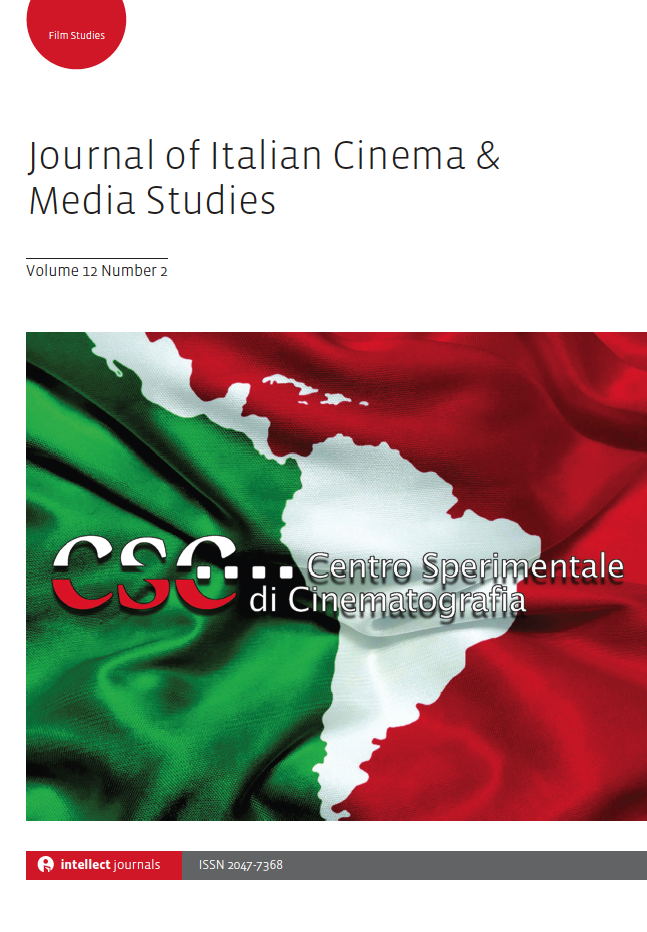
Full text loading...
 , Alessandro Brunazzo2
, Alessandro Brunazzo2 , Stella Scabelli3
, Stella Scabelli3 , Hilary Emerson4
, Hilary Emerson4 , Marco Ruggieri5
, Marco Ruggieri5

Writing and rewriting Italian cinema and media history: Five new dissertations, Page 1 of 1
< Previous page | Next page > /docserver/preview/fulltext/jicms/12/2/jicms.12.2.307_Gheller-1.gif
There is no abstract available.

Article metrics loading...

Full text loading...
References


Publication Date:
https://doi.org/10.1386/jicms_00233_7 Published content will be available immediately after check-out or when it is released in case of a pre-order. Please make sure to be logged in to see all available purchase options.